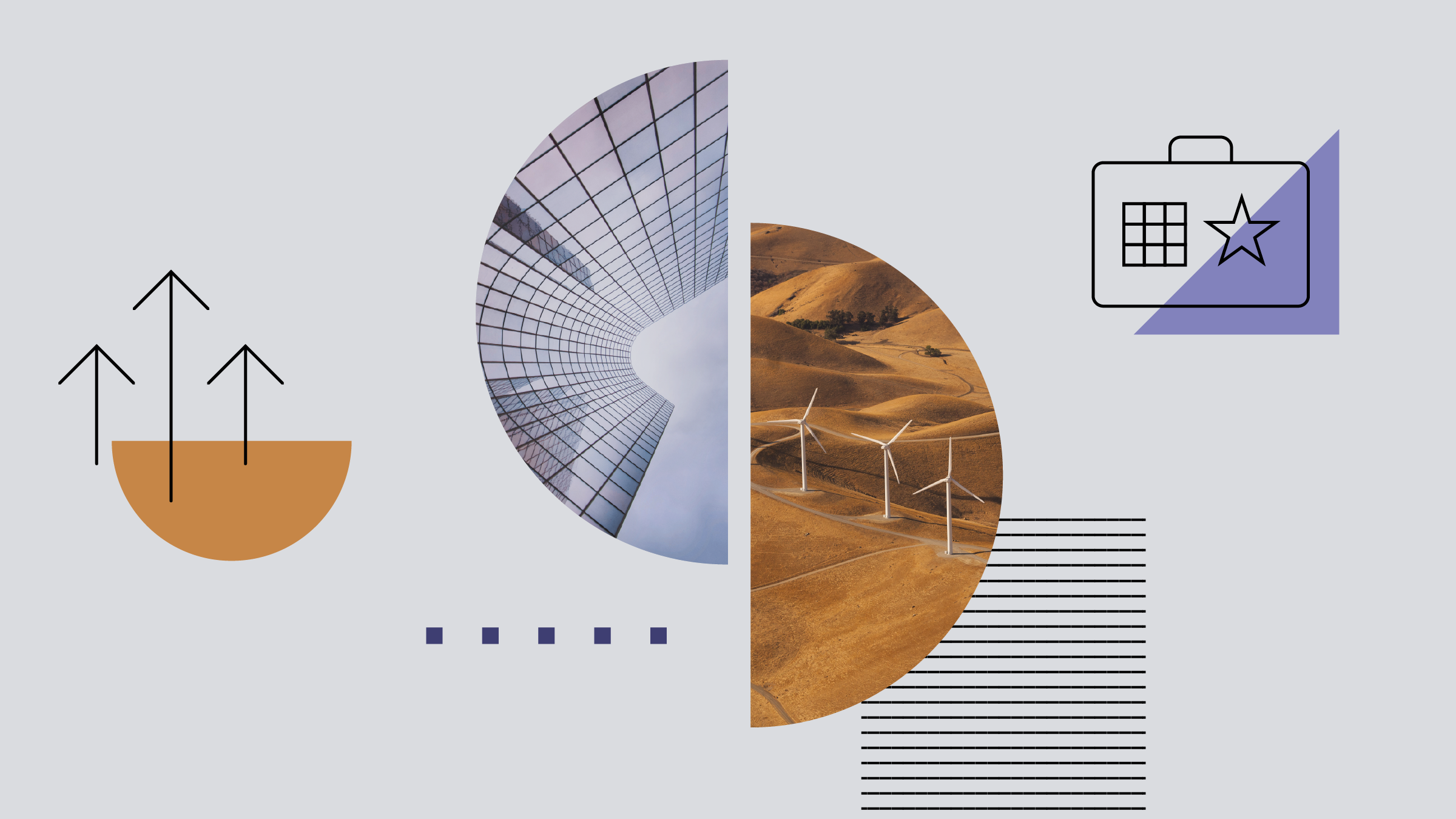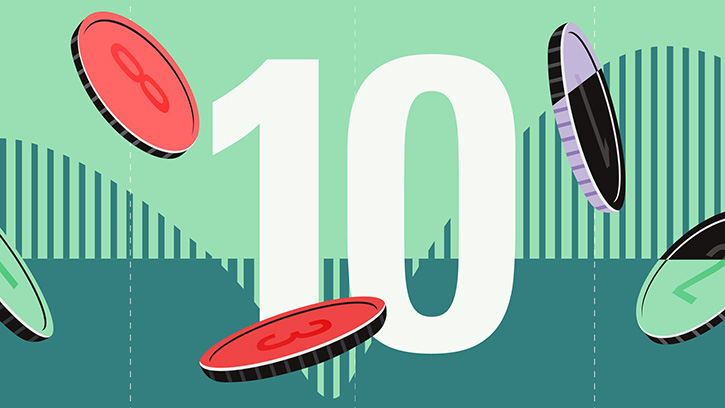Rolle im Portfolio
The Lyxor ETF Brazil provides exposure to many of the biggest and most liquid components of the Brazilian equity universe. Brazil has seen remarkable growth over the last several decades, and now ranks as the world’s sixth largest economy. In turn, Brazilian equities have gone from fringe emerging market exposure to an increasingly important part of a globally balanced portfolio. The Bovespa Index is fairly well diversified by sector, but diversification at the company level is limited, with more than 50% of the index within the top 10 firms. Returns from Brazilian equities have been erratic, exhibiting annual volatility of almost 25% in the last 10 years. An investment like this therefore requires a lengthy time horizon and a strong stomach to handle the swings. Its correlation to other equity exposures does suggest some benefit as a diversifier. In the same time period it has shown correlation to the local-currency returns of the S&P 500 and the MSCI World Index of 71% and 74%, respectively.
Fundamentale Analyse
A key driver of growth for the Brazilian economy is energy. The country’s wealth of natural resources has made it a substantial beneficiary of the past decade’s trend towards higher commodity prices. A big part of that trend has been the rapid growth of China, with its seemingly insatiable appetite for raw materials, as well as Malthusian concerns about the world running out of non-renewable resources. The concern right now is that with China slowing down and other parts of the world in recession, the demand for raw materials could fall considerably. China’s growth fell to an annualised rate of 8.9% in the fourth quarter of 2011, and the Chinese government recently targeted a 7.5% figure for 2012. Brazil’s growth has also slowed considerably in recent periods. For the fourth quarter of 2011 its growth rate was a paltry 1.4%, less than that of the United States. Oil prices have generally been increasing of late as tensions around Iran grow. But Saudi Arabia recently issued a commitment to increase its production in order to remove some of the upward pressure on the commodity. Through a combination of their preferred and common shares, oil giant Petroleo Brasileiro SA Petrobras (“Petrobras”) and Vale, a diversified mining company, make up the biggest chunks of the index. According to Morningstar equity analysts, Petrobras common stock is trading at a 17% discount to its fair value estimate, and Vale at a 14% discount. Long-term performance on Brazilian stocks, as measured by the local-currency returns on the Bovespa Index, has been extremely robust. Over the past 10 years the index has produced an annualised gain of 16.7%, far exceeding the gains on the S&P 500 or the MSCI World, which returned 4.2% and 3.5%, respectively, over the same period. It suffered sharp losses during the financial crisis, but its peak-to-trough drawdown of 49.6% was not much worse than that for many of the more developed markets. As measured on a similar benchmark, MSCI Brazil, the price-to-earnings ratio for Brazilian equities has rebounded from a low of 4.4 in June 2009 to 8.5 at the end of February 2012. That still puts it well below its five-year average of 12.0.
Indexkonstruktion
The Bovespa Index is a total-return index made up of 70 securities covering roughly 70% of the capitalisation of the Brazilian equity market. The index aims to reflect the dynamics of the cash market operations of the Brazilian exchange; therefore it is weighted by trading activity during the previous 12 months, as measured by the number and value of trades in a particular security. It is reviewed and rebalanced quarterly. The index is diversified across a number of industries, though it is tilted towards commodities. Together, the Energy and Materials sectors make up almost 42% of the total. The other large components are Financials, at roughly 20%, and Industrials at 15%. There is also quite a bit of concentration within the largest companies. Including both common stock and preferred shares, Vale makes up almost 13% and Petrobras more than 11%. The top 10 names in the index make up more than half its total value.
Fondskonstruktion
The fund uses synthetic replication to provide exposure to the underlying benchmark, entering an unfunded swap transaction with counterparty Societe Generale. The fund uses investors’ cash to buy a basket of securities, which is then used as collateral in the swap. Lyxor provides full transparency on the components of the substitute basket, which is made up predominantly of publicly-listed equities. The fund aims to maintain zero counterparty exposure by resetting the swap on a daily basis. Under the terms of the swap, the counterparty agrees to provide the fund with exposure to the total return of the underlying index, net of any costs or fees associated with providing the exposure. The return from the swap assumes that all dividends paid by the underlying stocks are reinvested in the index. This fund does not pay out any dividend distributions. The fund is domiciled in France and is available in Euro-, U.S. dollar-, and British Pound Sterling-denominated versions. In total it has assets of €620 million.
Gebühren
The fund’s total expense ratio (TER) is 0.65%, which is in line with other funds offering similar exposure. Other costs potentially borne by the unitholder but not included in the TER include swap fees, bid-ask spreads on the ETF, transaction costs on the infrequent occasions when the underlying index holdings change, and brokerage fees when buy and sell orders are placed for ETF shares.
Alternativen
For exposure to Brazilian equities there are a number of choices, including Source MSCI Brazil ETF, Amundi ETF MSCI Brazil, iShares MSCI Brazil, CS ETF (IE) on MSCI Brazil, HSBC MSCI Brazil, and db x-trackers MSCI Brazil TRN Index. Of these, the iShares fund is the largest, with assets of $944 million. The Amundi fund has the lowest TER, at 0.55%.
Die in diesem Artikel enthaltenen Informationen dienen ausschließlich zu Bildungs- und Informationszwecken. Sie sind weder als Aufforderung noch als Anreiz zum Kauf oder Verkauf eines Wertpapiers oder Finanzinstruments zu verstehen. Die in diesem Artikel enthaltenen Informationen sollten nicht als alleinige Quelle für Anlageentscheidungen verwendet werden.

















